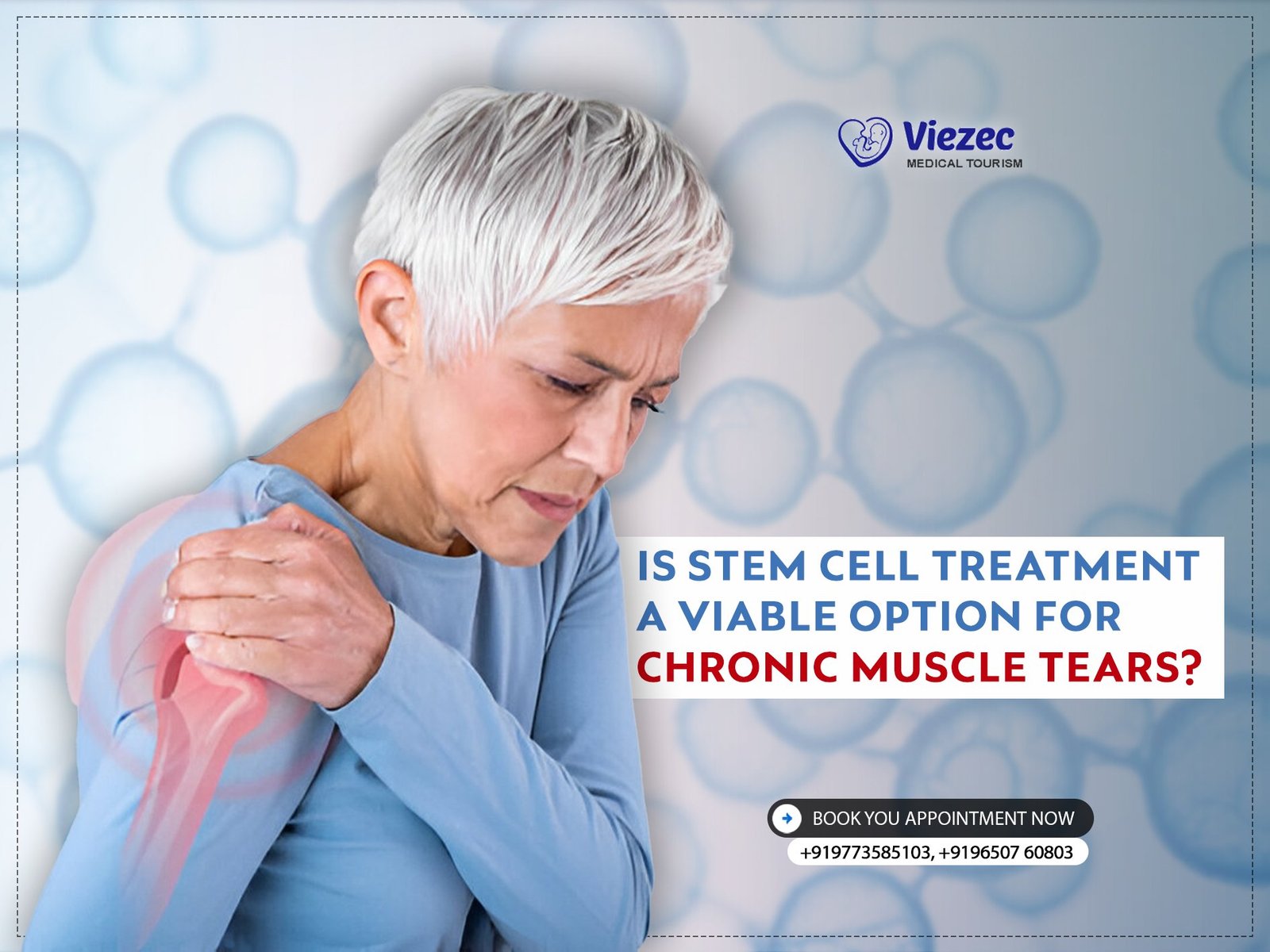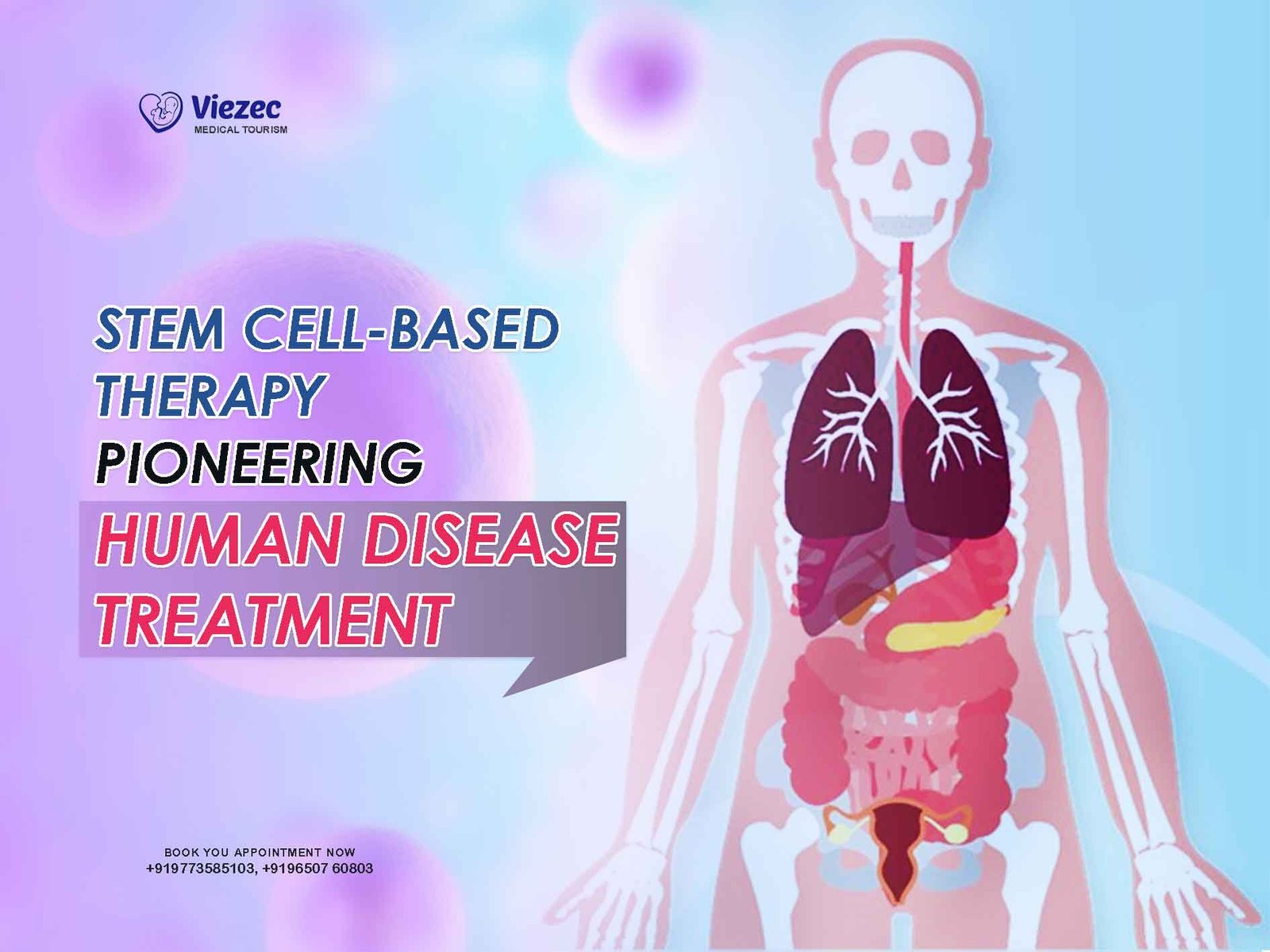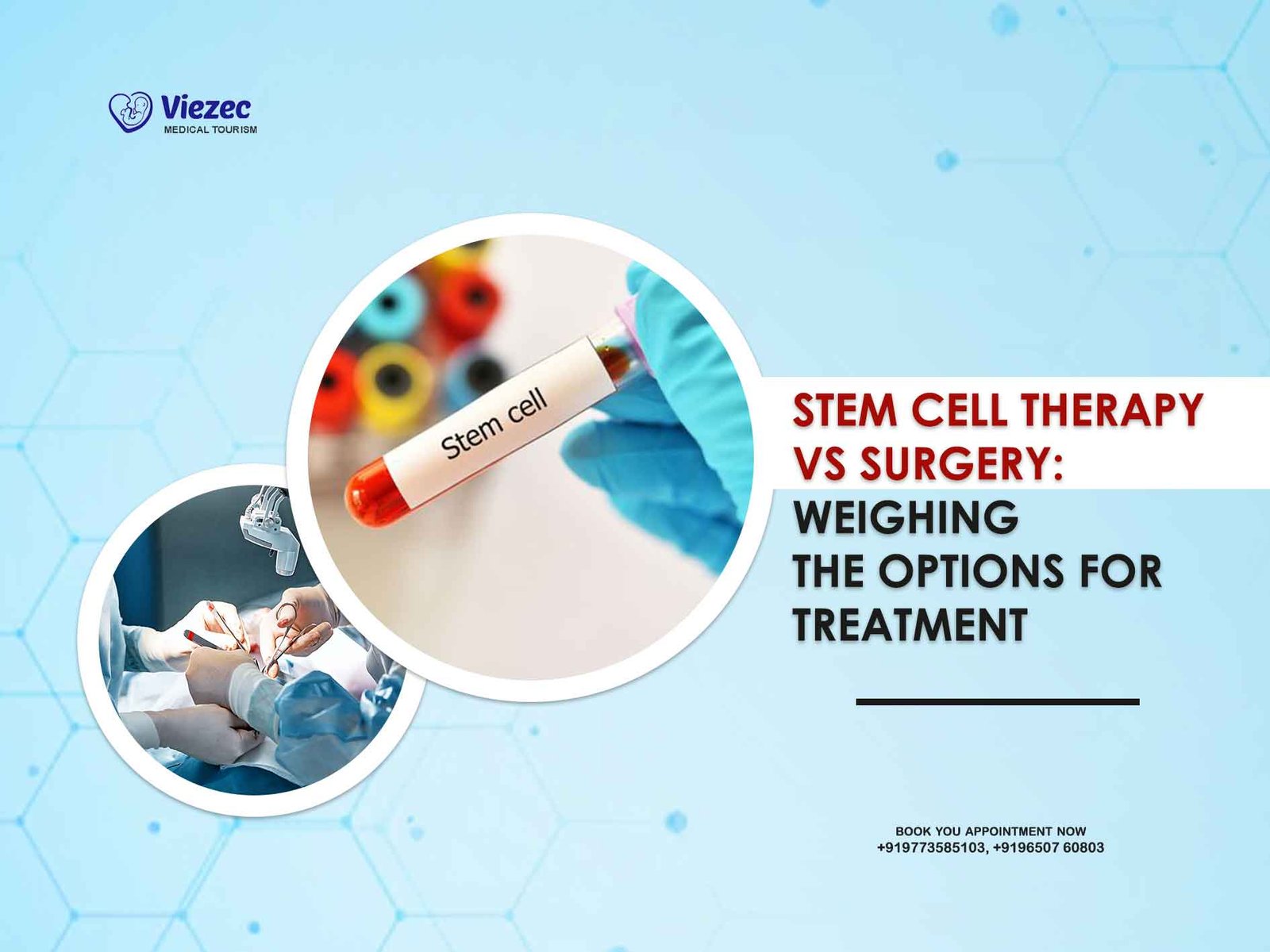Muscle tears are a common yet debilitating injury affecting athletes and individuals alike, characterized by the rupture of muscle fibers due to excessive strain or trauma. These injuries range from mild strains to severe tears, often requiring extensive rehabilitation to regain function. Current treatments primarily focus on symptomatic relief and promoting natural healing processes through physical therapy, rest, and sometimes surgical intervention.
Overview of Muscle Tear Injuries
Muscle tears can occur in various contexts, including sports activities, accidents, or repetitive stress. They are classified based on severity into grades ranging from minor strains to complete ruptures, affecting muscle function and mobility. The severity determines the treatment approach, from conservative management with rest and ice to more invasive surgical repairs for severe cases.
Conventional Treatments and Limitations
Traditional treatments for muscle tears aim to reduce inflammation, alleviate pain, and facilitate healing through physical therapy and anti-inflammatory medications. However, these approaches often face limitations, especially in cases of chronic or severe tears where complete recovery is challenging due to scar tissue formation and reduced muscle elasticity.
Role of Stem Cell Therapy in Regenerative Medicine
Stem cell therapy represents a promising frontier in regenerative medicine, offering potential solutions for enhancing tissue repair and regeneration beyond the capabilities of traditional treatments. By harnessing the regenerative properties of stem cells, researchers aim to address the limitations of current therapeutic options and improve outcomes for patients with chronic muscle tears.
Fundamentals of Stem Cells
Stem cells are undifferentiated cells capable of self-renewal and differentiation into specialized cell types, making them invaluable in tissue repair and regeneration therapies. Understanding their types and mechanisms is crucial to exploring their potential in treating muscle tears.
Types of Stem Cells Used in Therapy
Stem cells used in therapeutic applications include embryonic stem cells (ESCs), adult stem cells (ASCs), and induced pluripotent stem cells (iPSCs), each with distinct properties and applications in regenerative medicine.
Embryonic Stem Cells (ESC)
Derived from early-stage embryos, ESCs are pluripotent and can differentiate into any cell type in the body. Their potency makes them valuable for research and potentially for therapeutic use in severe muscle injuries.
Adult Stem Cells (ASC)
Found in various tissues throughout the body, ASCs are multipotent and can differentiate into specific cell types related to their tissue of origin. They are less controversial than ESCs and are often used in clinical trials for muscle tear repair.
Induced Pluripotent Stem Cells (iPSC)
Generated from adult cells through genetic reprogramming, iPSCs exhibit pluripotency similar to ESCs. They offer a personalized approach to therapy by deriving patient-specific cells for treatments.
Mechanisms of Stem Cell Differentiation and Repair
Stem cells contribute to tissue repair through paracrine signaling, differentiation into specialized cells, and modulation of the immune response. These mechanisms play crucial roles in restoring muscle function and integrity after injury.
Pathophysiology of Muscle Tears
Understanding the underlying causes and processes involved in muscle tears is essential for developing effective therapeutic strategies, including stem cell-based treatments.
Causes and Classification of Muscle Tears
Muscle tears result from sudden trauma, overuse, or age-related degeneration, classified based on the extent of damage to muscle fibers and surrounding connective tissue. Common causes include sports injuries and accidents that strain muscle beyond its capacity.
Healing Process and Challenges in Severe Tears
The natural healing process of muscle tears involves inflammation, proliferation of repair cells, and remodeling of tissue. Severe tears often face challenges such as scar tissue formation, incomplete regeneration, and prolonged recovery times, necessitating advanced therapeutic interventions.
Importance of Early Intervention and Diagnosis
Early diagnosis and intervention are critical for optimizing outcomes in muscle tear management. Timely treatment reduces the risk of complications, promotes effective healing, and enhances the potential for functional recovery, highlighting the need for accurate diagnostic methods and prompt medical care.
Preclinical Research and Experimental Models
Preclinical studies provide foundational insights into the efficacy and safety of stem cell therapies for muscle tears, using animal models to simulate human conditions and explore treatment mechanisms.
Animal Studies and Efficacy of Stem Cell Therapy
Animal models, including rodents and large animals, demonstrate the potential of stem cells to promote muscle regeneration, reduce fibrosis, and improve functional outcomes in controlled experimental settings. These studies inform clinical trial design and therapeutic protocols.
Biomaterials and Scaffold Approaches in Preclinical Settings
Incorporating biomaterials and scaffolds with stem cells enhances delivery, retention, and integration into injured muscle tissues. These innovative approaches support cell viability, facilitate controlled release of therapeutic factors, and optimize tissue repair processes in preclinical evaluations.
Clinical Trials and Evidence-Based Practice
Clinical trials provide critical data on the safety, efficacy, and feasibility of stem cell therapies in treating muscle tears, translating preclinical findings into meaningful therapeutic advancements for patient care.
Overview of Clinical Trials on Stem Cell Therapy for Muscle Tears
Clinical trials assess the therapeutic potential of stem cells across different patient populations, evaluating treatment outcomes, adverse events, and long-term benefits in controlled clinical settings. These trials adhere to rigorous protocols to establish evidence-based practices.
Results and Outcomes from Prominent Studies
Prominent clinical studies highlight the effectiveness of stem cell therapy in improving muscle function, reducing pain, and promoting tissue regeneration in patients with chronic muscle tears.
Case Studies and Longitudinal Data
Case studies provide detailed insights into individual patient responses to stem cell treatments, documenting functional improvements and patient-reported outcomes over extended follow-up periods.
5.2.2 Patient Selection Criteria and Success Rates
Effective patient selection criteria, based on injury severity, medical history, and responsiveness to conventional treatments, contribute to favorable outcomes and enhance the success rates of stem cell therapies in clinical practice.
Mechanisms of Action in Stem Cell Therapy
Stem cells exert therapeutic effects through diverse mechanisms, including immunomodulation, angiogenesis promotion, and secretion of growth factors, enhancing tissue repair processes essential for treating muscle tears.
Immunomodulatory Effects of Stem Cells
Stem cells regulate immune responses by modulating inflammatory reactions, reducing tissue damage, and promoting a regenerative environment conducive to muscle repair and functional recovery.
Promotion of Angiogenesis and Tissue Remodeling
Angiogenic properties of stem cells stimulate blood vessel formation, improving oxygen and nutrient delivery to injured muscles, which accelerates healing and supports tissue remodeling processes.
Role of Growth Factors and Cytokines
Stem cells secrete bioactive molecules such as growth factors and cytokines that regulate cell proliferation, differentiation, and extracellular matrix synthesis, fostering a microenvironment that enhances tissue regeneration in muscle tears.
Technological Advances and Innovations
Recent advancements in stem cell delivery systems, gene editing technologies, and molecular imaging techniques enhance the precision, efficiency, and safety of stem cell therapies for treating complex muscle injuries.
Emerging Techniques in Stem Cell Delivery
Innovative approaches, including nanotechnology-based delivery systems and biomaterial scaffolds, facilitate targeted and sustained release of stem cells into injured muscle tissues, optimizing therapeutic outcomes and minimizing systemic side effects.
Gene Editing and CRISPR Applications
Advances in gene editing technologies, such as CRISPR-Cas9, allow precise modifications to stem cells, enhancing their therapeutic potential by improving survival, differentiation, and integration into host tissues for enhanced muscle repair.
Integration of Imaging and Molecular Biology in Treatment Protocols
Incorporating advanced imaging modalities and molecular biology techniques enables real-time monitoring of stem cell behavior, localization, and therapeutic effects within the body, guiding personalized treatment strategies and optimizing clinical outcomes.
Safety and Regulatory Considerations
Ensuring the safety, ethical standards, and regulatory compliance of stem cell therapies is crucial for protecting patient welfare and advancing evidence-based practices in muscle tear treatment.
Ethical Issues and Patient Consent
Ethical considerations in stem cell research and therapy involve informed consent, privacy protection, and addressing concerns related to the use of embryonic stem cells, ensuring transparency and respect for patient autonomy throughout treatment processes.
FDA Regulations and Guidelines for Stem Cell Therapy
Regulatory frameworks, such as those established by the FDA, govern the development, manufacturing, and clinical use of stem cell products, ensuring safety, efficacy, and quality standards are met to protect patient health and promote responsible innovation.
Long-term Monitoring and Follow-up Protocols
Long-term follow-up protocols are essential for monitoring patient outcomes, detecting potential adverse events, and evaluating the durability of therapeutic benefits following stem cell treatments for muscle tears, supporting continuous improvement in clinical practices.
Comparative Analysis with Traditional Treatments
Comparing stem cell therapy with traditional treatments provides valuable insights into their respective benefits and limitations:
Comparative Effectiveness and Cost-Benefit Analysis
Studies comparing the effectiveness of stem cell therapy versus traditional interventions have shown mixed results. While stem cell therapy may offer superior outcomes in terms of tissue regeneration and functional recovery, its higher upfront costs and variable insurance coverage may pose financial challenges for some patients.
Patient Preferences and Quality of Life Assessments
Patient preferences play a crucial role in treatment decisions. Factors such as recovery time, pain relief, and the potential for recurrence influence patient satisfaction and quality of life outcomes. Personalized medicine approaches that consider individual patient needs and treatment goals are increasingly favored in clinical practice.
Frequently Asked Questions
Are there any risks associated with stem cell therapy for chronic muscle tears?
Stem cell therapy, like any medical procedure, carries risks such as infection, tissue rejection, and rare complications related to the harvesting or injection process. These risks are mitigated through stringent screening protocols and adherence to regulatory guidelines.
How long does it take to see results from stem cell treatment for chronic muscle tears?
The timeline for noticeable improvements varies among patients but may typically range from several weeks to months post-treatment. Factors such as the severity of the tear, patient age, overall health, and adherence to rehabilitation protocols can influence recovery timelines.
Is stem cell therapy covered by insurance for treating chronic muscle tears?
Insurance coverage for stem cell therapy varies widely and depends on factors such as the specific treatment protocol, insurance provider policies, and clinical justification based on medical necessity. Patients are advised to consult with their insurance providers to determine coverage options.
What should I look for in a qualified provider offering stem cell therapy for chronic muscle tears?
It is essential to choose a provider with expertise in regenerative medicine and a track record of conducting stem cell treatments under FDA-approved protocols. Ask about their experience, patient outcomes, and access to comprehensive pre-treatment evaluations and post-treatment care.
For more information on stem cell therapy for chronic muscle tears or to explore treatment options, visit our website or consult with a qualified healthcare provider specializing in regenerative medicine.









